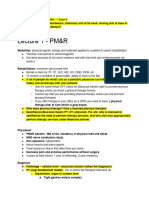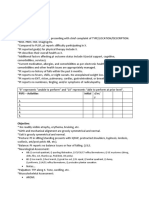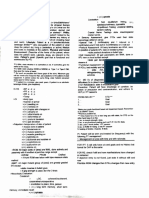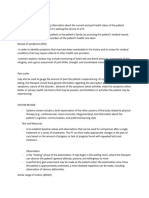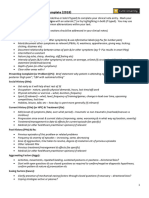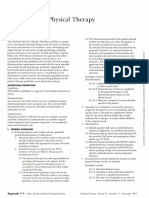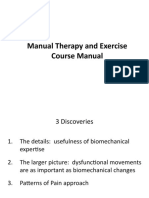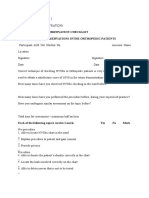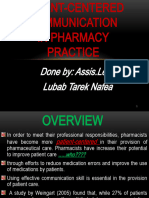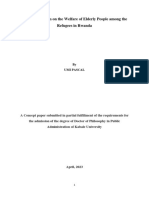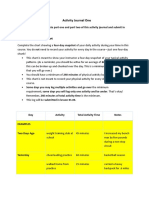0% found this document useful (0 votes)
34 views5 pagesPT Documentation
The document outlines physiotherapy documentation guidelines, emphasizing accuracy, clarity, legibility, timeliness, and confidentiality. It details essential components such as initial assessments, treatment plans, progress notes, and discharge summaries, along with legal and ethical considerations. Additionally, it provides references for structured documentation formats and encourages adherence to professional standards.
Uploaded by
Ajas KmCopyright
© © All Rights Reserved
We take content rights seriously. If you suspect this is your content, claim it here.
Available Formats
Download as DOCX, PDF, TXT or read online on Scribd
0% found this document useful (0 votes)
34 views5 pagesPT Documentation
The document outlines physiotherapy documentation guidelines, emphasizing accuracy, clarity, legibility, timeliness, and confidentiality. It details essential components such as initial assessments, treatment plans, progress notes, and discharge summaries, along with legal and ethical considerations. Additionally, it provides references for structured documentation formats and encourages adherence to professional standards.
Uploaded by
Ajas KmCopyright
© © All Rights Reserved
We take content rights seriously. If you suspect this is your content, claim it here.
Available Formats
Download as DOCX, PDF, TXT or read online on Scribd
/ 5





